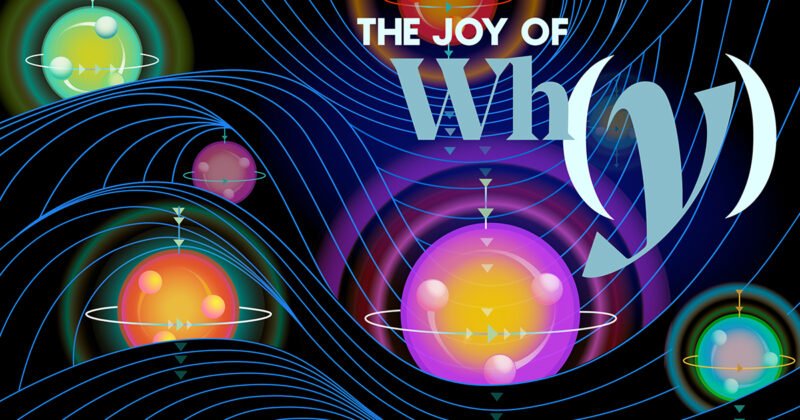Quick Takeaways
-
Emergence of Gravity: Monika Schleier-Smith at Stanford explores a novel experimental approach to quantum gravity, hypothesizing that gravity may be an emergent phenomenon arising from quantum entanglement rather than a fundamental force.
-
Innovative Experiments: By entangling thousands of laser-cooled atoms, Schleier-Smith aims to create a "toy model" of quantum gravity in the lab, potentially yielding insights into quantum systems and entanglement, independent of whether gravity is successfully simulated.
-
High-Risk, High-Reward: This experimental approach is characterized as high-risk but also high-reward, with the potential to contribute not only to understanding gravity but also enhancing quantum technologies like precision measurements and quantum computation.
- Connecting Theory and Practice: The effort aims to bridge theoretical physics with practical experimentation, establishing a common language between communities studying gravity and quantum mechanics, and underscoring the significance of fundamental science for future technological advancements.
Can Quantum Gravity Be Created in the Lab?
Quantum gravity remains one of the most complex unsolved problems in physics. This area focuses on merging two pivotal theories: quantum mechanics, which governs the tiny particles, and general relativity, which describes gravity and the larger cosmos. Researchers have mainly approached this mystery theoretically, but recent innovations suggest a new avenue.
Monika Schleier-Smith, a physicist at Stanford University, is spearheading an experimental approach that aims to create quantum gravity in the lab. Her project uses laser-cooled atom clouds to explore whether gravity could emerge from quantum entanglement. This fascinating concept posits that gravity might not be a fundamental force but rather a byproduct of quantum interactions.
In a recent episode of "The Joy of Why" podcast, Schleier-Smith discusses the potential and risks of her groundbreaking work. She emphasizes that even if her team fails to simulate quantum gravity directly, the insights gained may still contribute significantly to our understanding of quantum systems and entanglement.
The experimental setup entails entangling thousands of atoms within ultra-cold environments. Maintaining such low temperatures, often just a fraction above absolute zero, allows the atoms to display their quantum behavior effectively. Through this process, researchers can manipulate the interactions between atoms, creating a network of entangled particles. This is a crucial step in testing whether these interactions can mimic gravitational phenomena.
Critically, if gravity turns out to be emergent from quantum mechanics, researchers could offer a fresh perspective on not only gravity but also the nature of space and time itself. As these scientists delve deeper into the fabric of the quantum world, they hope to uncover new technologies that could arise from understanding entanglement.
The implications of this research extend beyond theoretical physics. For instance, breakthroughs in quantum gravity could enhance precision measurements and revolutionize quantum computing. The ability to control entangled states may lead to advancements in material science and energy efficiency.
In the end, while the quest to create quantum gravity in the lab presents challenges, its potential benefits illuminate a path toward rethinking fundamental aspects of our universe. As researchers like Schleier-Smith continue to explore this frontier, the scientific community remains optimistic about what these endeavors could reveal.
For those interested in the intricacies of this research, the complete episode of "The Joy of Why" is available on major podcast platforms, offering insight into the evolving landscape of physics and technology.
Expand Your Tech Knowledge
Stay informed on the revolutionary breakthroughs in Quantum Computing research.
Discover archived knowledge and digital history on the Internet Archive.
QuantumV1

